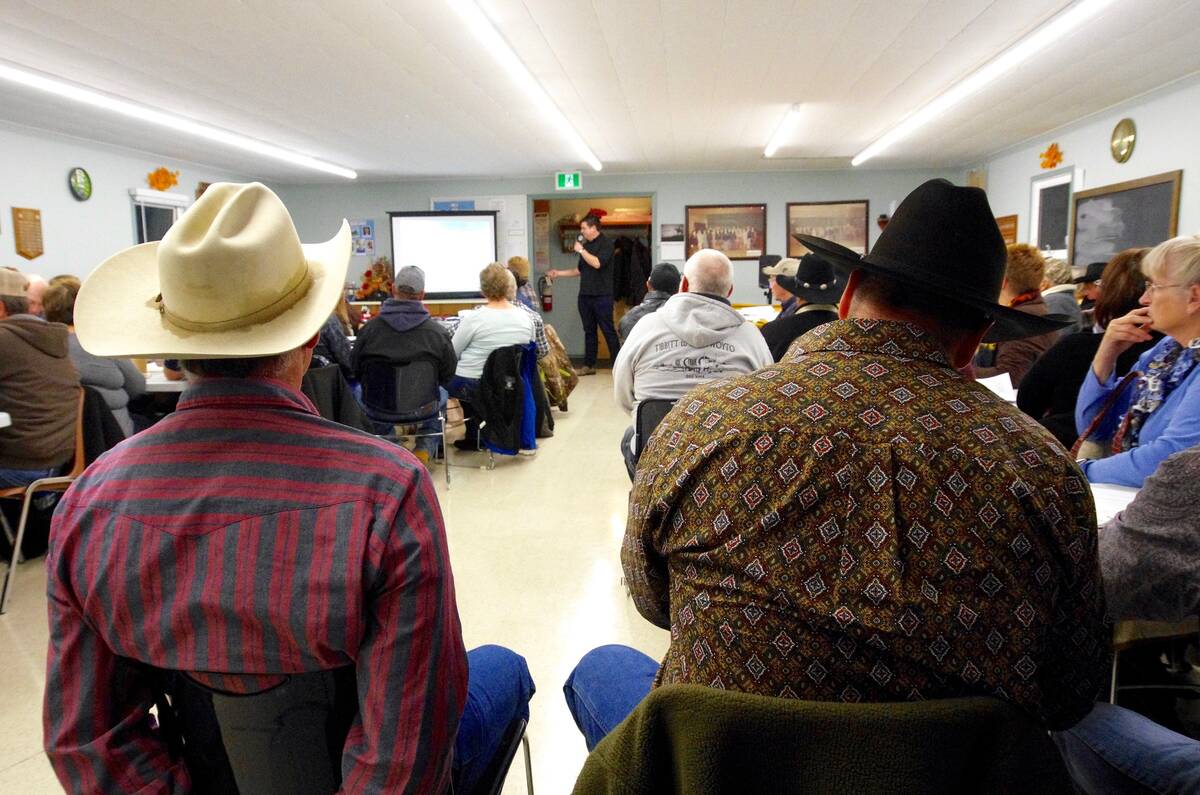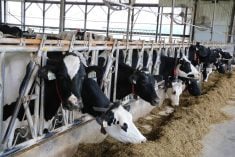Which farm programs are working and which are not?
That’s what Keystone Agricultural Producers (KAP) staff is asking members as it and the Canadian Federation of Agriculture prepare for Growing Forward 3, the federal-provincial framework for farm programs to take effect April 1, 2017.
“We felt we needed to be as proactive as possible to make sure we were getting out in front and giving governments serious recommendations well before they were even asking for recommendations, because unfortunately we know oftentimes with government consultations, decisions are made by the time they have an opportunity to sit down with us,” KAP general manager James Battershill told delegates at KAP’s general council April 16.
Read Also

Don’t blow off that beef producer meeting
Local veterinarians and livestock experts often speak at beef producer group events. They have good advice for the farmer on vaccines, calving, beef herd management and more.
Three years ago farm leaders were taken off guard when the federal and provincial governments reduced farm income support under the AgriStability and AgriInvest programs. However, the governments said $3.06 billion would be invested over five years to promote “innovation — including research, market development and biosecurity,” areas that can improve farmers’ returns over the long term.
The changes coincided with high grain prices, which have since declined, while farmers’ input costs have steadily increased.
“We must make sure that the programs in place make sense not only for today but are foundational for five or 10 years from now,” Agriculture Minister Gerry Ritz told reporters after announcing the changes following the federal-provincial-territorial agriculture ministers’ meeting Sept. 14, 2012. “The programs… must not hold us back or mask market signals.”
Manitoba gets $176 million for those innovation programs, KAP’s policy analyst Alanna Gray told the meeting.
Several KAP members, including Butch Harder of Lowe Farm, questioned how much of that money is getting to farmers.
“It seems to me that a lot of money was taken from AgriStability, and from what I hear from people in western Manitoba, AgriStability really hasn’t been working,” Harder said.
“We had something that was actually working and now all this other stuff seems to be just putting a lot of people to work spinning their wheels and going in circles coming up with little somethings. I’d like to know some specific things that have come up that have really been dynamic from all these little innovations.”
Portage la Prairie farmer Jill Verwey said promoting innovation and processing is not all bad, but support under AgriStability to cover crop losses due to flooding and excessive moisture are steadily decreasing, “to the point where we are not benefiting from those programs at all.”
Minto farmer Bill Campbell said he worries money that should go to farmers is going to private firms.
“Some of this money is going to research companies charging me $13 a pound for canola,” he said. “I think paying 13 bucks without government money is atrocious.”
But Karin Rose, research co-ordinator for the Manitoba Corn Growers Association, said under the innovation funding, the corn growers leverage $4 for research for every $1 contributed by farmers.
Research dollars can be tracked but in “other areas it is a little murky where the dollars are going,” Battershill said.
















